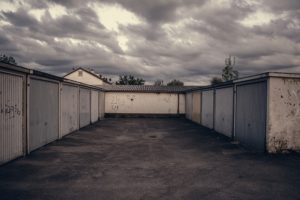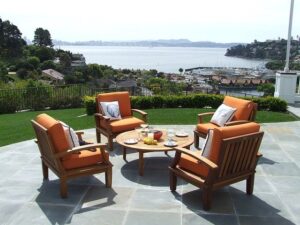Tips for Choosing the Right Filing Cabinets for Your Office

Choosing a filing cabinet is an important decision. This is an item of furniture that you will use frequently, so it’s vital that it’s the right fit for your office. As well as fitting the area nicely, it should also match the other furnishings and be convenient and practical. There are several types of filing cabinets on the market, each with different advantages. Understanding these is crucial to choosing the right one.
Lateral
Lateral filing cabinets are designed to hold large amounts of paperwork at once. They can use multiple drawers that are quite wide to hold a number of files from one side to the other. They don’t protrude from the wall as much as other storage units, making them ideal for smaller spaces that have a lot of wall space.
Vertical
These filing cabinets are more traditional and are found in almost every office around the country. They stack drawers on top of each other and are a standard width for file folders. While they’re narrower than lateral cabinets, they’re a good fit for smaller offices that need to fit furniture around the cabinets. They store files front to back, meaning they can come in different depths to store the required number of folders.
Mobile
Mobile filing cabinets are incredibly convenient when a large number of files need to be moved around frequently. This is typically in offices where different people work on the files and need access at different times. Rather than constantly running back and forth to the cabinet, the drawers can be moved to the individual currently using them. These are more compact than other cabinets and cannot hold anywhere near the same volume.
They are also often utilised under desks due to their size. This gives each individual their own personal storage, which can be moved if the owner needs to work elsewhere in the office.
Open Shelf
Filing with open shelves lacks security but adds convenience. This is a type of filing system often used for files that don’t need to be secure, or for files kept in a locked room. An example where this is common is medical facilities. Records are kept on shelves with dividers to keep them upright in a separate, locked room. These can be as large or as small as required, and are quite shallow due to the nature of the standing files. They can be especially convenient for narrow hallways.
Fireproof and Other Features
Some materials used for the construction of filing cabinets can be fireproof. This is important when the documents held in the cabinet are not backed up anywhere or can’t be destroyed for another reason. This is worth the investment if it means keeping your documents safe from harm.
Not all systems are lockable. Open shelf, for example, is accessible to anyone. Other lateral and vertical systems are also not always able to be locked. This is something you should check when choosing the cabinet to ensure you end up with the right one.






